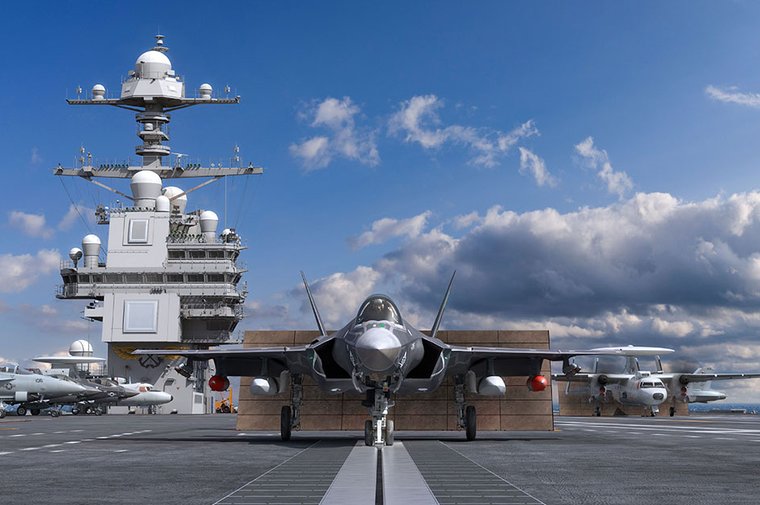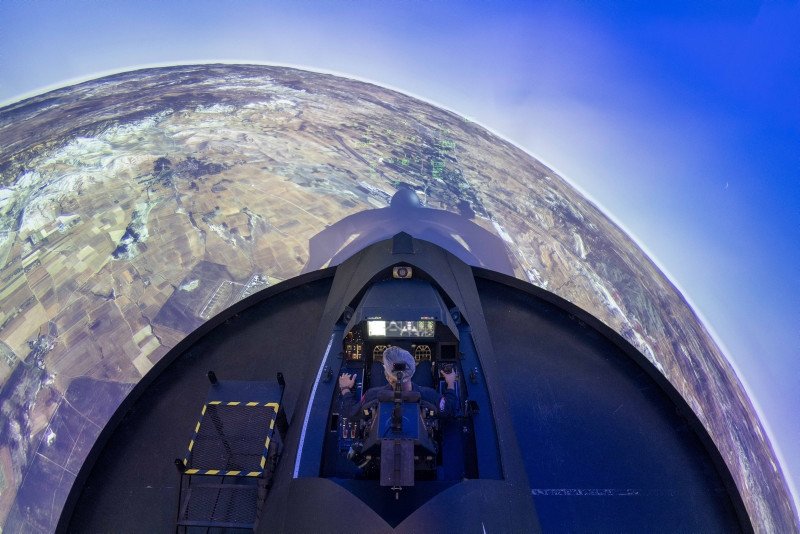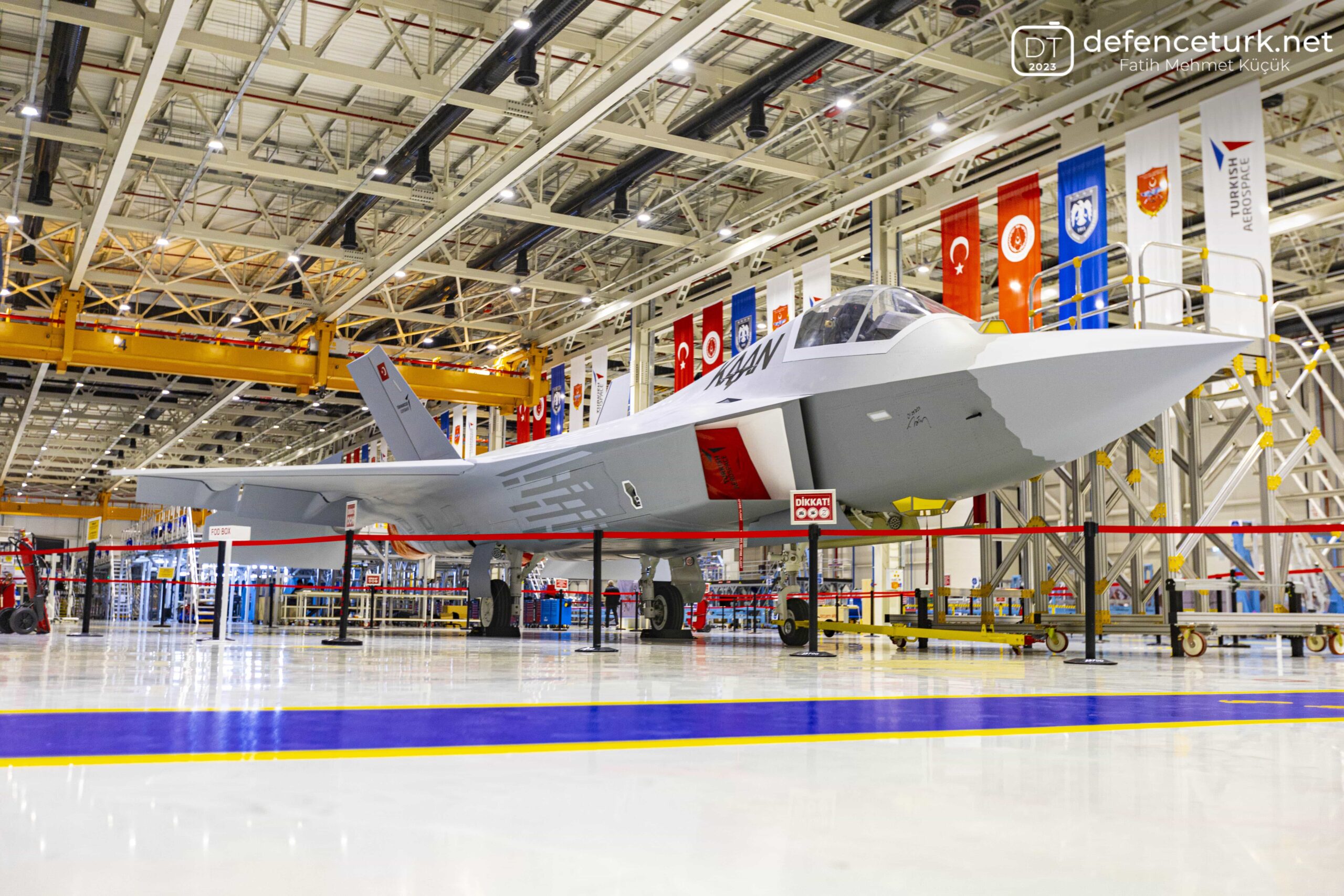Test Pilot Gökhan Bayramoğlu:
"For us, the engineering part of the simulator is very important. Because as engineers, we will try to capture as much as possible in the first flight by testing the data that our team has designed, designed and expected to see in the simulator as test pilots. In the piloting part, it will be as follows: About the first flight on our aircraft and the prototypes that will come after that. We are trying to determine the procedures that the pilot should do by processing the pilot interfaces, how we can further reduce the pilot's workload, or by processing the emergency procedures and transferring them to our aircraft's user manual."
"All engineering and piloting capabilities are now supported by the simulator in current systems. After being supported with a simulator on the ground and verified, we only want to see how much this information deviates in the air and how accurately our work on the computer guides us. That's why the simulator is vital for us. We have over 40 flights in the simulator. We have approximately 120-130 hours of flight time. The feature of this simulator is not only the first flight. Our aircraft consists of two main elements. Aircraft and mission part. KAAN will be a weapon for us, not an airplane. Therefore, we want to make KAAN very powerful not only in terms of aircraft, performance, but also in terms of air-air, air-ground and electronic operations. That's why we try to improve ourselves by testing the applications, interfaces and effects of all the systems we need on this simulator. In the coming years, the number of our simulators will increase. Our simulators will continue as development and engineering. After that, it will continue as training simulators. In order to provide training to the pilots of our Air Force, we will also charge them simulators. After the pilots of our Air Force are trained here, we will bring them to the level where they will train new pilots with our simulators."
"It is an aircraft whose performance exceeds that of known and existing aircraft. We have very powerful engines. We use our simulators intensively to be able to use these engines and to familiarize the pilot with these engines. We try to make things about our simulators as realistic as possible. Then they will make their first flights. That's why we value the simulator so much, we do our best to improve it."
Simulator and Training Systems Integration Product Manager Gökhan Şimşek:
"Simulator infrastructures are infrastructures that can bring 200 to 1 in projects if they can be designed and executed at the right time. This return can be considered in terms of both time and cost." Şimşek said, "This kind of engineering simulator infrastructures are needed for such a big project to be less retroactive. We have been designing this infrastructure since 2016. How far we have solved the problem that we said we have solved on the table, we are prototyping it by going a few steps ahead. We go and see the taxi and engine start-up here before you see it, and we prototype it."
"We are where we planned, but the development process of this environment will continue with the aircraft. As long as the blocks of our aircraft grow, we will always go one step ahead and continue to solve some problems from the front here. We operate the infrastructure with two integrated structures. One is our flight functions, one is our mission functions. The flight function is actually to perform the flight, which is the basic function of any aircraft. Our flight tests are carried out for this purpose. We also have studies to analyze our mission-oriented air-air, air-ground performances and mission effectiveness. Besides these, we add cockpit specific pilot evaluations. In other words, our pilots "They come here, they evaluate the placements in the cockpit, the pilot interfaces in the relevant operational environment. Therefore, we are ahead in terms of design, we give the relevant design inputs to the teams, we integrate the incoming changes here again."
"As long as the aircraft lives, we will see Blok-10, 20, 30, 40, 40+ versions. Therefore, this structure will live with this aircraft. So it will go all the way. There will be no end to this. As long as this product continues to be developed, there will be feedback from the field. As long as everything that is included in the design will be re-evaluated in this environment. The sensors, weapons, national or foreign, all of which are required to be integrated, will be pre-integrated in this engineering simulator infrastructure. It is very exciting to work in this environment with such a large team. The airplane is the only product in Turkey and has a few similarities in the world. We believe that by working in engineering infrastructures here, we actually allow the development of many things in the national sense. We work here, but the people who will fly this plane were going to primary school when we started working. Therefore, this is actually a relay race. With this product I also consider it very critical that future generations are properly informed about the issue.”


Via AA




























